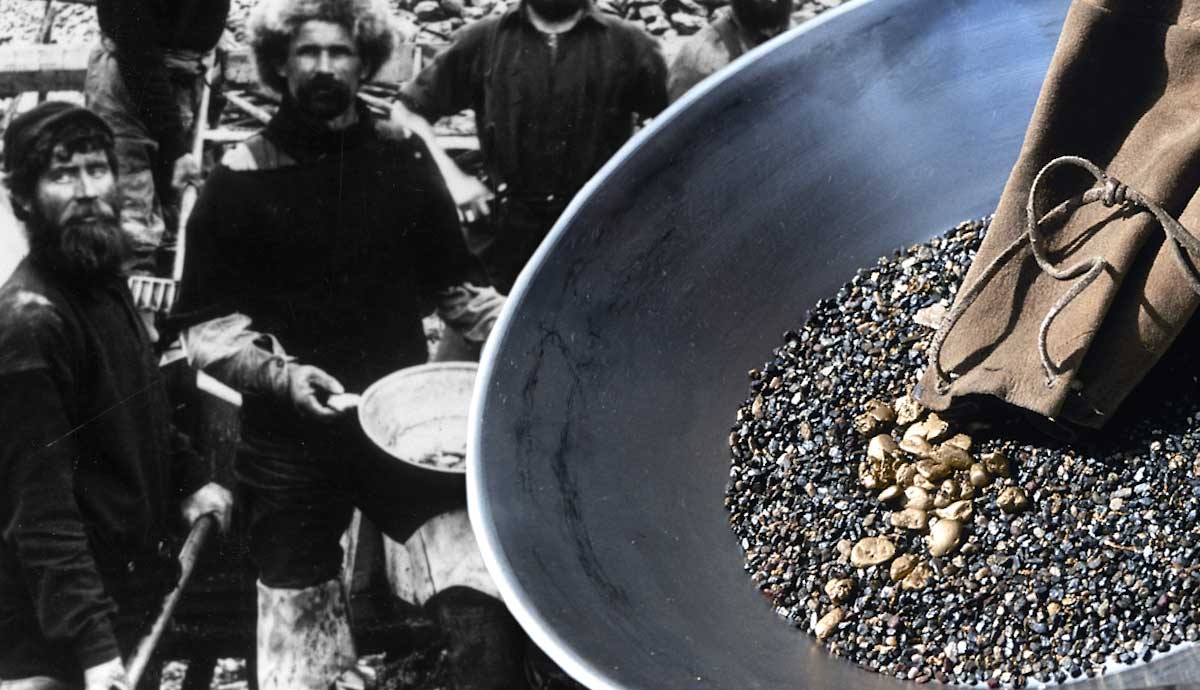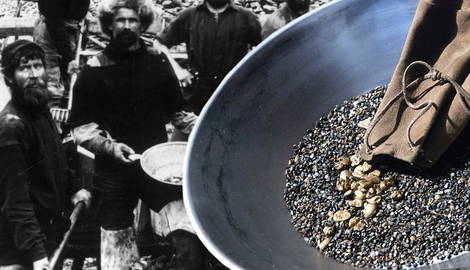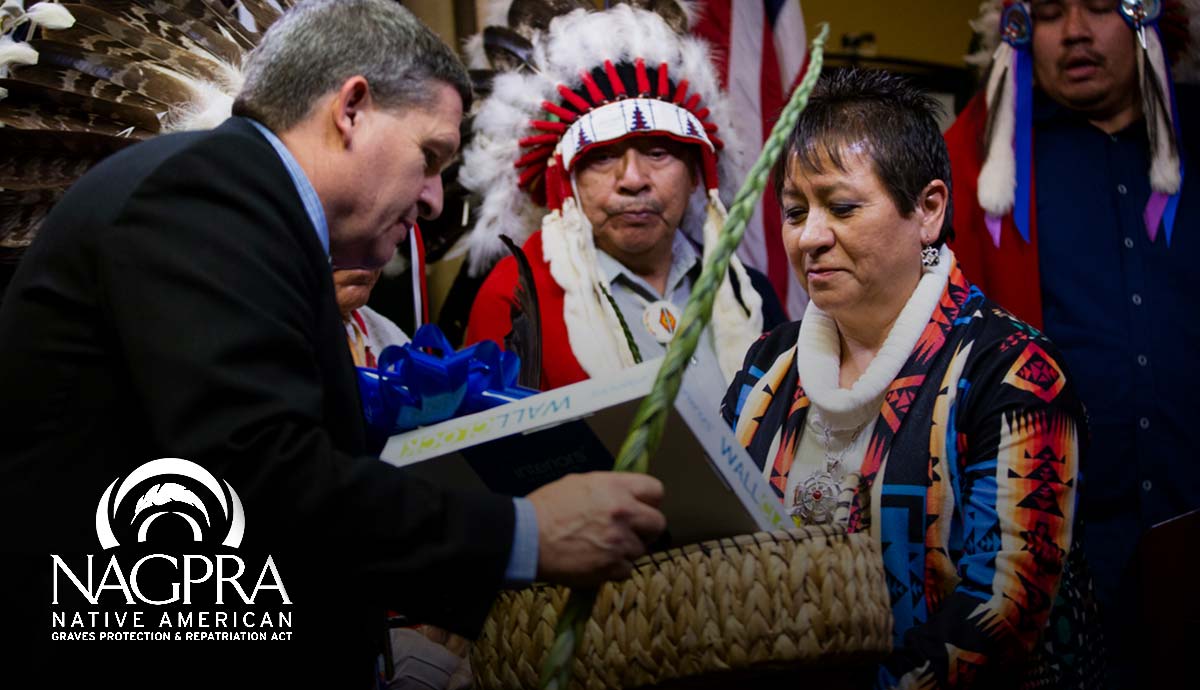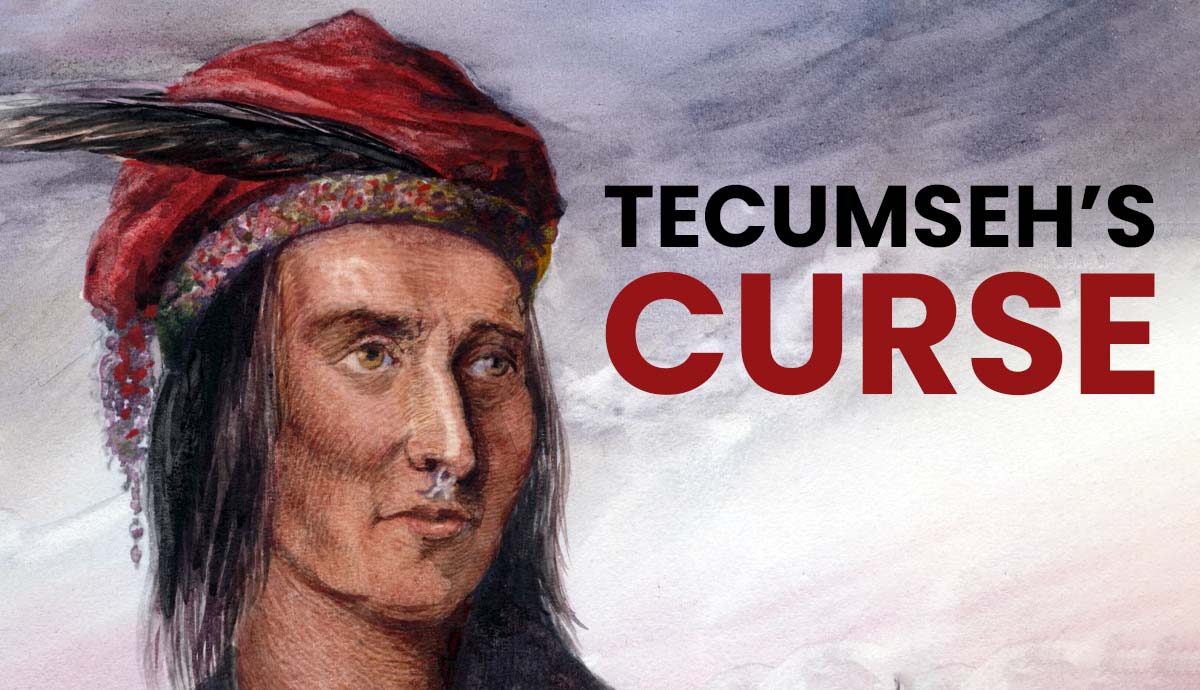
The idea of a “gold rush” evokes images of miners with pickaxes striking it rich in the deserts of California. “Forty-niners” hoped to make the American dream a reality as the search for gold brought forth villages, then towns, and finally, cities. Some would survive and prosper; others turned to ghost towns. However, the hunt for gold wasn’t limited to the Wild West. Way up north in the barren wilds of Alaska and Canada, men and women braved the cold in an attempt to make millions and forge a successful life.
A Unique Region

The Klondike is not the name of a specific town but the name given to a region of what is now the Yukon Territory. It is in the northwestern corner of Canada, near the US border of Alaska. The region gets its name from a river bearing the same name.
The Klondike River is a tributary of the larger Yukon River, but it was the smaller tributaries of the Klondike that would be the starring locations of the events that took place beginning in 1896.
Bonanza!

Knowledge of the existence of gold in the Yukon was nothing new in the late nineteenth century. The Indigenous groups of the area had known of and spoken of this precious metal for years, but it had little value to them in their subsistence economy before the arrival of colonizers. However, word began to travel, and soon, prospectors began to travel to the area, hoping to make their fortune.
The returns would be meager, though, until 1896, when a man named “Skookum Jim” Mason discovered significant deposits of gold at a place that would become known as Bonanza Creek, formerly Rabbit Creek. Mason was accompanied by his sister Kate (born Shaaw Tlaa), who was of Tagish descent, her husband George, and their nephew, later known as Dawson Charlie (birth name Kaa Goox). Quickly, the team acquired claims on the area, but news spread fast. By the end of the month, all of the claims in the area of Bonanza Creek had been occupied.
The Rush

Although the initial claims sold out quickly, news of the discovery spread rather slowly globally due to the nature of the times. Information had to travel south by ship and telegraph. Still, it persisted and spread nevertheless over the next year. As 1897 continued, prospectors arrived from all over the world to try their hand at striking it rich in the Yukon. Most of these miners were from the United States, but some crossed oceans and continents, dreaming of riches and fame. It was not an easy trip, as the fortune seekers not only had to adapt to the harsh Arctic conditions but they had to shell out the cash for the arduous journey–the average cost was $1,200.

Unfortunately, when many arrived, they found that there were limited or no claims available or that they lacked the resources necessary to take one up. They were then forced to give up their hopes of striking it rich and instead go to work for the “Klondike Kings”: those who had been around for the initial rush or had capitalized on the new economy springing up around them. Regardless, it is estimated that about one billion dollars of gold was found in the Klondike Rush (adjusted for inflation).
Capitalizing in Other Ways

Not everyone in the Yukon decided to make their living hunting for gold. Others saw an opportunity to provide goods and services for those searching for wealth. Villages and towns started springing up around the tent cities created by miners.
Joe Ladue and Arthur Harper were two local traders who saw the writing on the wall. They quickly bought up local swampland, stocked up on lumber to sell, and named their new acreage Dawson City. It would become the center of the Klondike Gold Rush and is still a center of tourism today.
Dawson started out roughly, but by the end of the century, it was a legitimate city with fire hydrants, electric lighting, and an excellent police presence. Dance halls, bars, and supply depots found their demand increasing daily, and new businesses began popping up as the rush continued. Some individuals and businesses made money from the Klondike Gold Rush without ever stepping foot in the Arctic. It is estimated the businesses in the Seattle area made about 1 million dollars (not adjusted) during the period selling supplies to prospectors who were setting out on their trip north.
Harsh Reality

Despite the record profits and success some saw in the Yukon, this positive outcome was unattainable for many. There were two ways to access the gold-rich area, and both had their challenges. Skagway, Alaska was the gateway to the White Pass Trail, and it was a town of lawlessness and trouble. The Chilkoot Trail was the other option, originating in Dyea. It had fewer outlaws but was steeper than White Pass. Regardless of which trail they took, few prospectors were truly prepared for the brutal Alaskan environment. Many were not adequately stocked, and malnutrition and illness were common.

The supplies that were necessary for prospecting were heavy, requiring pack animals or many back-and-forth trips on foot. So many horses died on White Pass Trail that it was commonly known as “Dead Horse Trail.” It is estimated that about 3,000 animals met their demise there, overloaded and overworked, with many of their bones still occupying Dead Horse Gulch.
A monument was dedicated to these hapless pack animals in 1929. Writer Martha Ferguson McKeown later said about the trails, “There ain’t no choice, one’s hell, the other damnation.”
Lawlessness Abounds

Some saw others’ misery as a chance to profit and took advantage. One of the most prominent swindlers to show up in the Klondike in the midst of the gold rush was Soapy Smith. Born Jefferson Smith in Denver, Soapy got his nickname from a scam he ran involving selling bars of soap with cash prizes inside. He started this racket in Denver and ran it in numerous other cities, always leaving town when he was caught or was about to be.
He did spend some time in jail but was rarely caught before skipping town with his ill-gotten gains in tow. Soapy ran a gang of men that would often pose as customers that would “win” a big prize, thus encouraging others to wile their wealth away in his schemes. At one time, his gang numbered 300 men, operating out of the town of Skagway, where he’d opened a saloon.
One of Smith’s most notable scams involved a fake telegraph system in Skagway. Soapy would take messages from the prospectors eager to reach their friends and family back at home, along with a fee for sending the message. The only problem was he never sent them! He went so far as to set up telegraph poles and wires; they just weren’t connected to anything. Smith died in 1898 at age 38 in a shootout at a town meeting, bringing his racket to an end.
The Collapse

By late summer of 1898, the gold pockets in the Klondike seemed exhausted. Many miners had left for home, their savings exhausted, and their dreams of fortunes burst. News of a fresh gold strike near Nome, Alaska reached the Yukon, and hundreds left Dawson and other areas, eager to jump on the newest claim. As the miners began their exodus, it was evident that the Klondike Gold Rush was over as fast as it began. Towns like Dawson City began to see drastic drops in population. Other towns, Dyea, for instance, would disappear altogether in the subsequent years. Businesses that were once thriving were forced to shutter as the population fell by the thousands.
Modern Connections

While it burned out quickly, the Klondike Gold Rush left lasting impacts. Dawson City remains today the cultural capital of the Yukon Territory. As of the most recent reported count in 2018, the city is home to over 2,300 people and is seeing consistent growth. However, over 60,000 visitors stop in Dawson each year, and its vibrant tourist industry remains steady. The legacy of the gold rush is still evident, with mining-themed attractions throughout the town and the Klondike Gold Rush era playing a prominent role in museums and historical attractions.

Jack London, one of literature’s most prominent names, spent much time in the Yukon as a twenty-one-year-old man, arriving in the first wave of prospectors hoping to strike it rich. His experiences and the things he saw would become the fodder for a great deal of his fiction and nonfiction pieces in the future. His time in the North had a significant impact on him, as evidenced through his work, and enabled him to create vivid details in his works of fiction.

Though it couldn’t last forever, the Klondike Gold Rush left its mark on American and Canadian history. Parts of Alaska, Vancouver, Victoria, and Edmonton owe their existence to the impact the desire for gold had on the hearts and minds of frenzied prospectors. Common men and women took it upon themselves to attempt to conquer the frozen north, and in some small way, many were able to.










